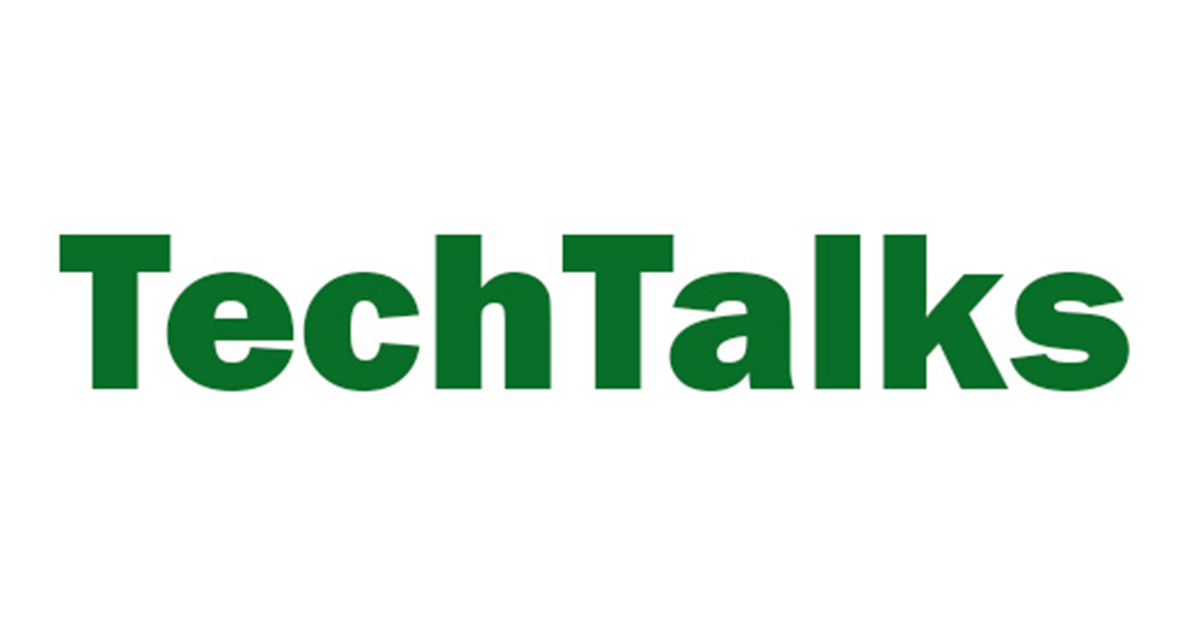When employees leave, it’s an opportunity to find out what went wrong and what can be improved in the workplace. Employees’ reasons for leaving are usually complex and multifaceted, so it’s common for supervisors and executives to make the wrong assumptions about why turnover is occurring within their organization.
Often, a combination of several factors drives someone to leave a job. Is the primary reason bad management, poor morale in the workforce, misguided corporate policies or lackluster pay and benefits? Is something going wrong in the work environment or organizational structure? Data from exit interviews can help you to:
- Understand why people leave your organization
- Increase managers’ accountability for employee retention
- Collect actionable data for increasing retention and organizational effectiveness
- Identify and monitor any illegal or unethical practices
- Promote goodwill in the workforce
Reducing turnover and increasing employee engagement and can save enough money to boost your company’s growth substantially. The same factors that cause turnover frequently contribute to low productivity, absenteeism and presenteeism. These things have their own downsides and costs for companies.
TIMING AND EXECUTION
Many companies conduct exit interviews as a routine part of the off-boarding process during an employee’s last week on the job. It might be a face-to-face discussion with an HR representative, a short questionnaire or a longer form with customized, open-ended questions; telephone interviews and online surveys can be used as a complement to face-to-face interviews. Another option is offering an exit interview online. Employees are often most comfortable completing an interview in this way, resulting in a high completion rate.
Some employers conduct exit interviews several weeks or several months after the individual leaves, either by phone or with a survey. This allows time for the former employee to reflect and gain more perspective on the situation. If there was conflict and a lot of heated emotions were involved, waiting gives time for the emotional reactions to cool down.
The interviewer doesn’t necessarily have to be an HR professional. A neutral manager or a trusted mentor with good people skills might be the right person for the task. Outsourcing the exit interview to an independent firm may also be a good option in some cases.
Because the reasons behind leaving can be sensitive and emotional, it helps if the interviewer is trained in active listening and skilled at being empathetic and nonjudgmental. The information will not be useful if the departing employee doesn’t feel safe and comfortable enough to be candid and forthcoming.
KEY INFORMATION TO COLLECT
What should employers ask about in exit interviews? The needs will vary by industry and type of employer, but there are some common topics that apply almost everywhere. These include:
- Specific reasons for leaving
- Factors that drive many employees to stay
- Changes the company should make to prevent turnover
- Whether the job training was sufficient
- Ideas to make the company become more efficient and effective
- Whether the pay and benefits are competitive with industry standards
- Method used to find a new job
- What the person liked most and least about the job
NEXT STEPS
The patterns reflected in the data from exit interviews will tell you what solutions are needed, whether it’s better job training, a mentoring program, changes to corporate policies, changes to hiring practices or restructuring pay and benefits. A combination of several solutions might be the right choice.
Too often, companies collect information in exit interviews and do nothing with it. That’s missing a valuable opportunity to take actions to benefit the company and employees. Why aren’t employers putting the data to constructive use? Sometimes the information isn’t shared with the right decision-makers. Sometimes managers and executives are skeptical about whether the departing employees were honest in their statements.
It’s helpful if HR leaders maintain a consistent schedule for periodically sharing exit interview data and important trends with executives. Quarterly updates work well for many organizations. Time these updates to be in sync with an annual board meeting or other important dates in corporate decision-making. Most importantly, don’t let any valuable data go to waste.
Need more? Check out this post for more on exit interviews, plus our list of the six most important questions to ask during an exit interview.




